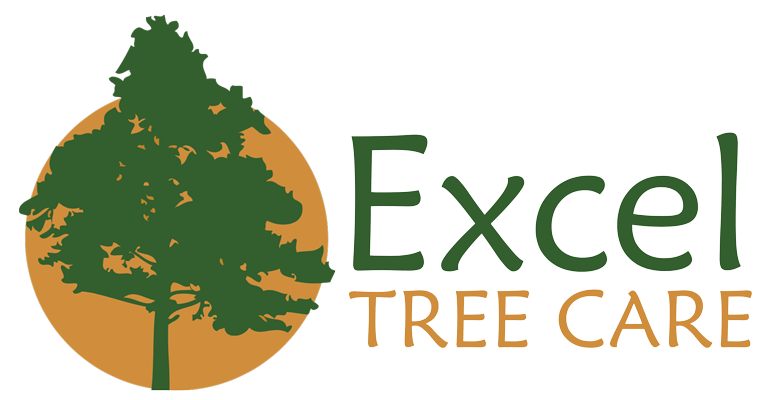Root rot is a common problem in cultivated landscapes, affecting not only flowers and shrubs but trees as well. According to the University of Georgia Extension, in fact, “root rot diseases are by far the most damaging diseases” when it comes to the Peach Tree’s plants.
Fortunately, root rot is often avoidable with proper landscape management. If it sets in, however, it may severely hamper growth and, in some cases, prove fatal for afflicted trees.
Here at Excel Tree Care, we’re available to help you evaluate any issues with root rot among your trees – and, in the worst-case scenario, carry out the professional tree removal that may be required.
Root Rot Diseases in Trees
Root rot pretty succinctly describes the nature of these diseases, when oversaturated, oxygen-poor soil causes plant roots to rot. Various soil pathogens, chiefly water molds and fungi, are the direct cause of the disease, with some of the most notorious culprits being Phytophthora, Pythium, and Rhizoctonia.
A tree stressed by root rot may show wilting and discoloration of foliage, leaf drop, cankers, and stunted growth. Significantly affected trees, especially younger specimens, may ultimately die.
Many kinds of trees commonly planted in Georgia are potentially vulnerable to root rot. For example, Leyland cypress, which might justly be considered over-used in our region, not infrequently exhibits root rot due to its shallow root system – one of a number of reasons why this conifer is so prone to toppling—and the fact that it’s often planted in overly dense rows. Phytophythora (a water mold) and Annosum (a fungus) are the leading pathogens responsible for root rot in Leyland cypresses in the state.
 Managing Root Rot
Managing Root Rot
Trees are most likely to be infected with root rot when the surrounding soil is wet for prolonged periods. This can arise from any number of factors, from simple over-watering on the part of the homeowner to the proximity of gutters or downspouts, a grade that results in frequent waterlogging, or a soil structure that promotes poor drainage.
Therefore, you can do a lot to avoid problems with root rot by making sure your soil is well-drained. Amending the soil with organic matter, setting up French drains, and following a proper watering regimen are good practices. Keeping your trees as healthy as possible in general also lessens their susceptibility to root rot.
As with any other tree disease or problem, you need to make sure you’re properly diagnosing root rot. A tree expert can help you evaluate whether, say, yellowing leaves or mediocre growth are actually due to this soil-borne affliction or some other issue.
Get Help With Root Rot From Your Atlanta Tree Removal Experts
Whether you want to know whether root rot is a likely cause of your tree’s unhappy appearance, or you need to remove an infected, lost-cause tree to avoid spreading the disease, look no further than the team at Excel Tree Care! Not least when it comes to safely taking down a tree – a job always better left to the experts – you can trust us for prompt, careful service with a leave-no-trace emphasis.
Root rot is a common tree disease in our region. Stay on top of it with Excel Tree Care, offering everything from basic tree maintenance to 24/7 emergency residential tree removal services in North Atlanta. You can reach us at (404) 964-6508 or fill out our contact form here.

